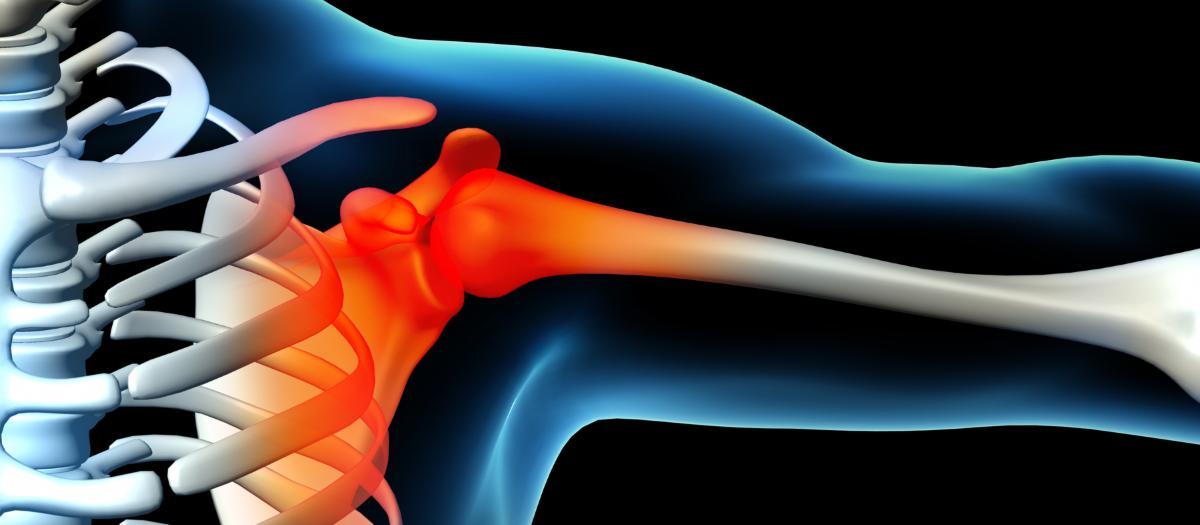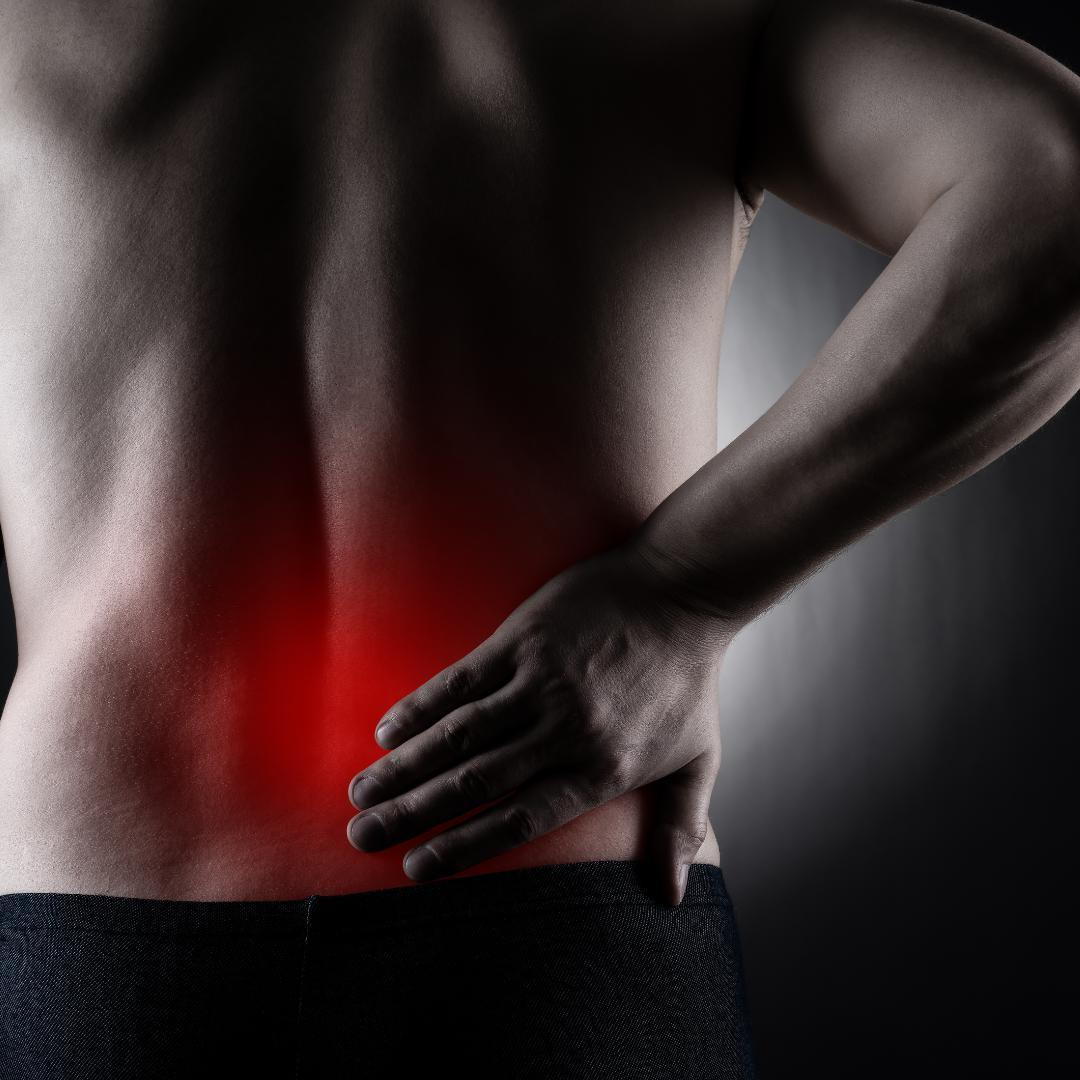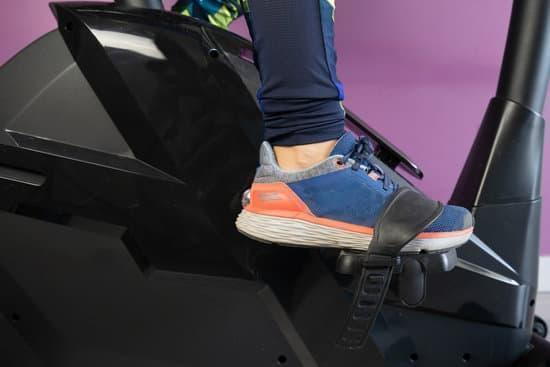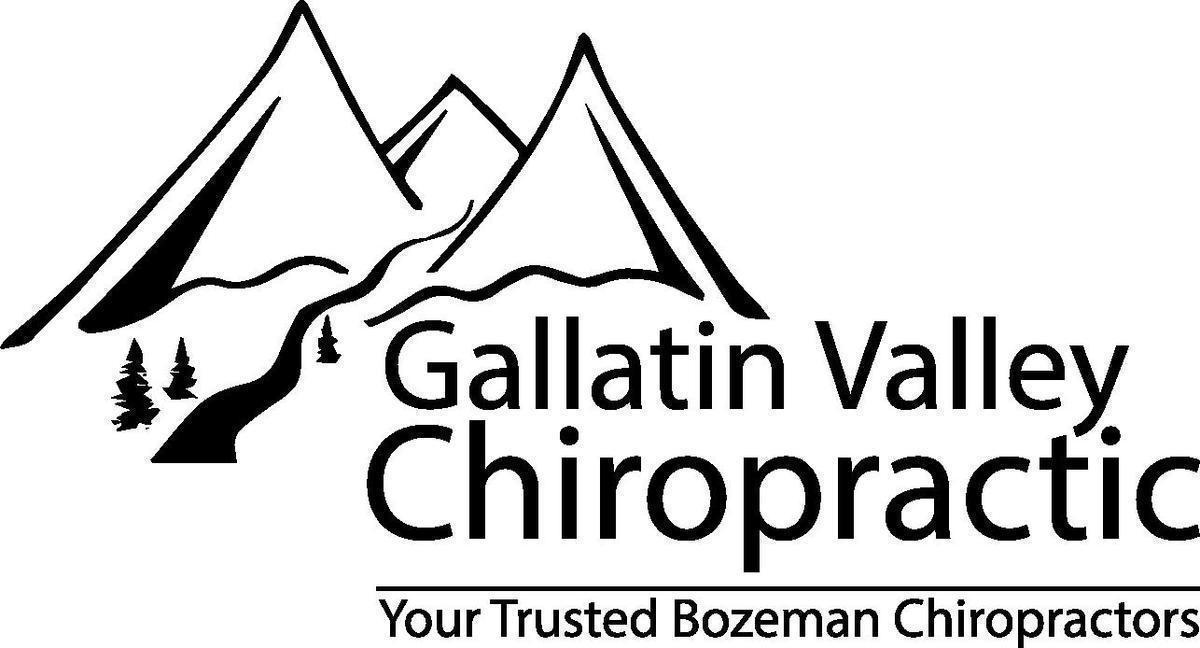Difference Between Inflammation vs. Swelling
posted: Apr. 27, 2022.

Swelling v. Inflammation
If you have ever sprained your ankle, cut your finger, or had a sore throat, you have experienced inflammation and swelling. These are common signs of your body’s immune system trying to fight off an infection or heal an injury. But what exactly is inflammation and swelling, and how are they related? In this blog post, we will explore the difference between inflammation and swelling, what causes them, and how to treat them.
What is Inflammation?
Inflammation is a condition that affects a specific area of the body, causing it to become red, hot, swollen, and painful. It is a crucial response to injuries or infections that helps to remove harmful agents and commence tissue repair. Inflammation comprises a complicated sequence of events involving white blood cells (mostly phagocytes), molecules, and blood vessels increasing their permeability.
Inflammation can be classified into two types: acute and chronic inflammation.
Acute inflammation is a quick and short-term response to an injury or infection, like a cut or a bee sting. It usually lasts for a few days and goes away when the cause is removed.
Chronic inflammation is a longer-lasting response to a persistent or recurring stimulus, like environmental toxins or autoimmune disorders. Chronic inflammation can lead to tissue damage and is linked to the development of many diseases such as arthritis, diabetes, and cardiovascular diseases.
Inflammation is the bodies natural response to healing an injured area. Inflammation gets a bad rep, but inflammation is 100% needed for your body to heal. When inflammation occurs, an influx of metabolites, nutrients and other healing factors are delivered to the damaged area via blood, to begin the repair stage. This becomes a problem when that inflammation becomes stagnant and becomes “swollen," or edematous.

What is Swelling?
Swelling or edema, is characterized by the abnormal enlargement of a body part due to fluid accumulation in tissues. This condition can manifest in various parts of the body, such as the face, legs/ extremities, abdomen, and various joints. Although inflammation is a common cause of swelling, not all types of inflammation result in visible swelling. For instance, gastritis and hepatitis are types of inflammation that do not typically cause noticeable swelling.
Swelling is the one that should get a semi bad rep. If blood accumulates in a particular region and fails to circulate, it can lead to significant swelling, resulting in noticeable discomfort, immobility and pressure in the affected area.
Think of taking a shower vs taking a bath, when you take a shower you have a constant influx of new and fresh water to clean you, when you take a bath the water gets old and murky and quits doing it's job after a short while.
The Recipe for Success
So, what is the best recipe to rid swelling to get new blood and other healing factors to the area? This will obviously vary based on the patient's individual circumstance, so we advise anyone dealing with swelling or inflammation to consult with a healthcare specialist. For most injuries that are not pathologic that answer is going to involve some degree of movement. Muscle contraction is your body's natural way of pushing out the old lymphatic and vascular fluids, and allowing new to come to the area.
A great example of this would be the use of a stationary exercise bikes for a recently sprained ankle that has a lot of swelling. The muscular contraction of the musculature of the lower leg forces the blood and lymphatics to move more efficiently.

The level of muscle contraction will vary based on the patient's tolerance. A good rule of thumb is to not move into pain, so for more acute injuries the easiest thing for most patients to do is encourage safe, comfortable movement non weight bearing. As the patient's symptoms and injury heal they should slowly progress into more challenging movement and demand to better mimic functional movement.
Additionally, alternating heat and ice, 20 minutes each, is a great to get what is called the 'Hunting Reaction.' This is when the blood vessels dilate (get bigger from heat) and constrict (get smaller from the cold) which allows old blood to leave and new blood to get in, promoting healthy vascular movement. To read a recent journal article in 2022 about the effects of alternating heat and cold visit click HERE.
How do Chiropractors Help with Swelling and Inflammation?
Chiropractors are movement specialists. We at Gallatin Valley Chiropractic achieve increased mobility and decreased patient pain by not only manual chiropractic adjustments, but also by using additional modalities such as...
- Dry Needling
- Kinesiology taping
- Active Release Technique
- Instrument Assisted Soft Tissue Mobilization or IASTM technique
- ShockWave
- Prescribed exercises
- Walking
- Yoga
- Light resistance bands
- Swimming
Other approaches to treating inflammation and swelling will depend on the underlying cause, severity, duration, and location of the condition. However, some general steps can help alleviate inflammation and swelling:
- Elevating the impacted area above the heart level to decrease fluid buildup
- Applying ice or cold compresses to the affected area
- Taking anti-inflammatory supplementation is a great holistic method to minimize pain and inflammation. Click (HERE) for additional information
- Turmeric
- Fish oil
- Curcumin
- Ginger
- Vitamin D
- Bromelain
- Taking corticosteroids or antihistamines to alleviate allergies or autoimmune responses
- Wearing compression stockings or bandages to reduce leg swelling
- Drinking enough water while limiting salt intake to prevent fluid retention.
406-551-2177

Gallatinvalleychiropractic.com